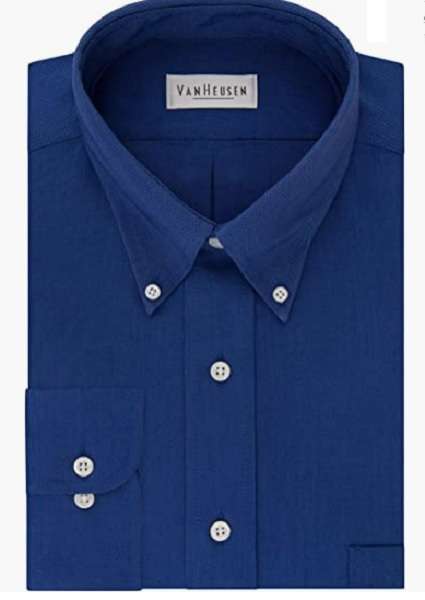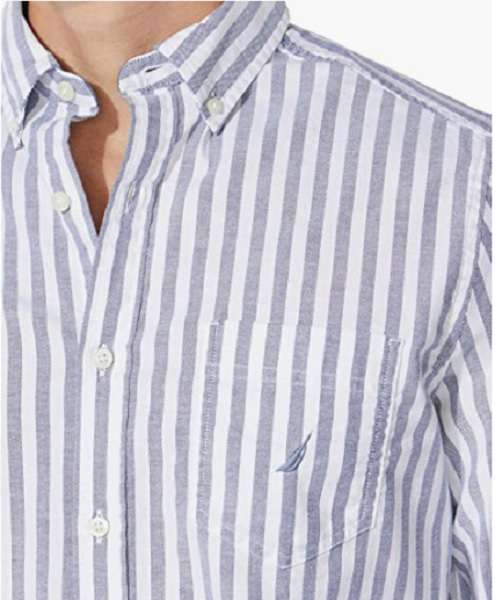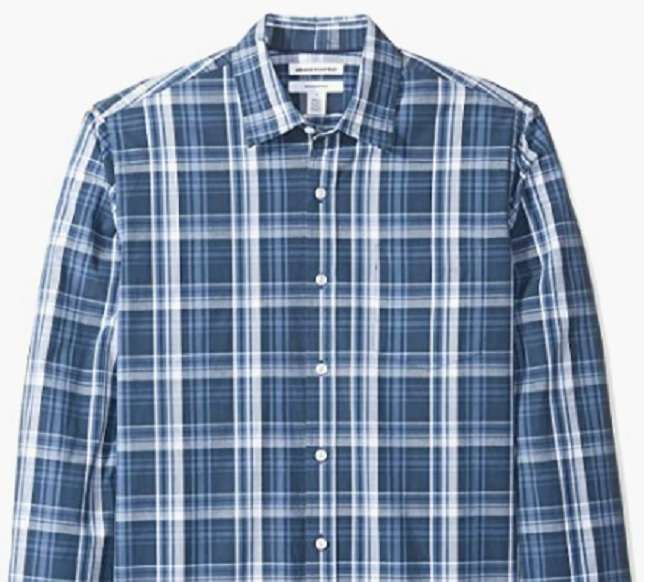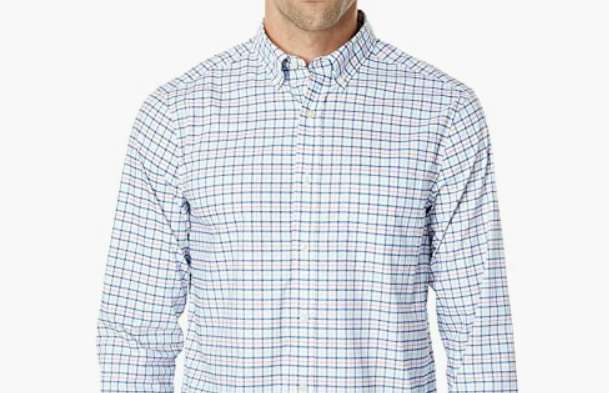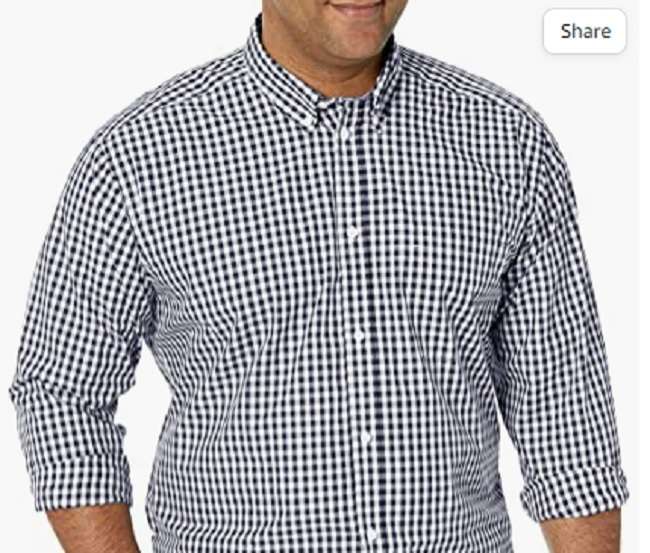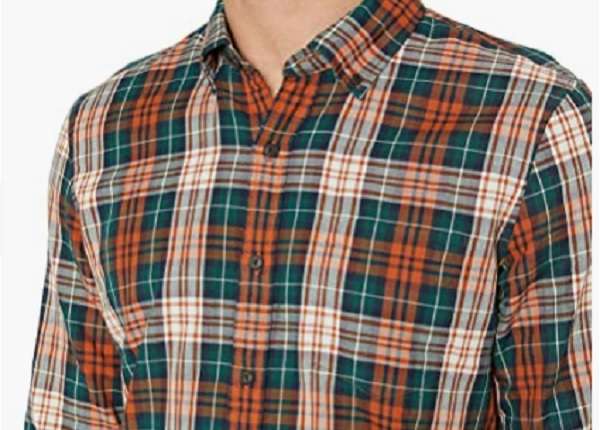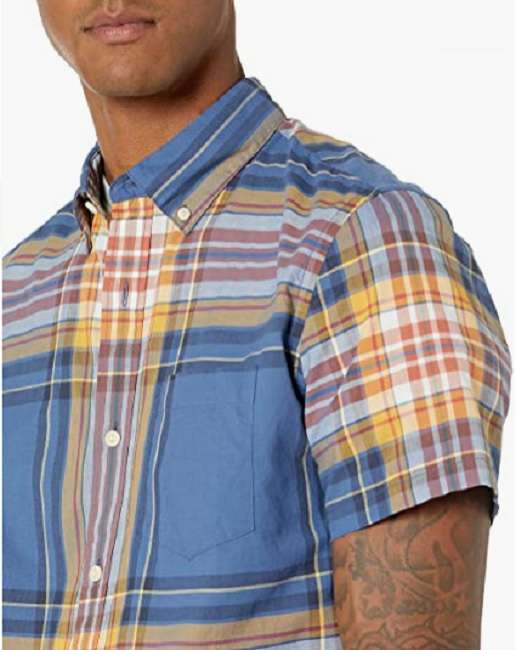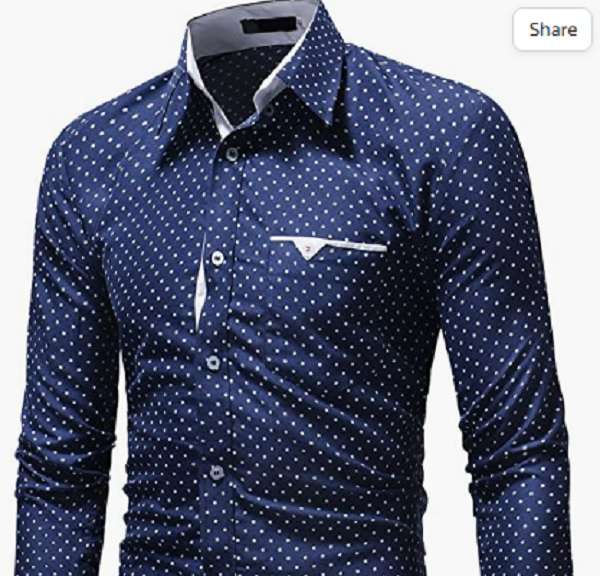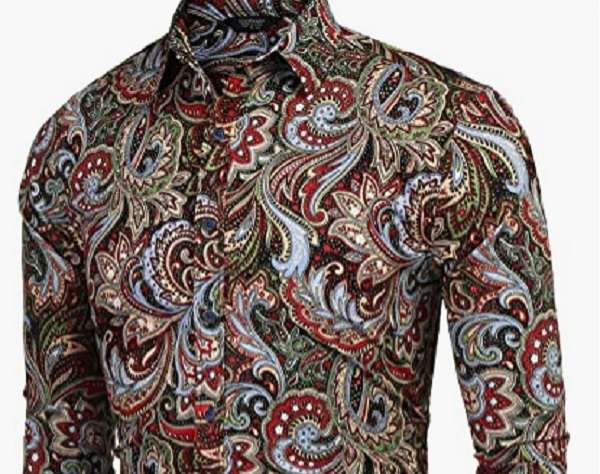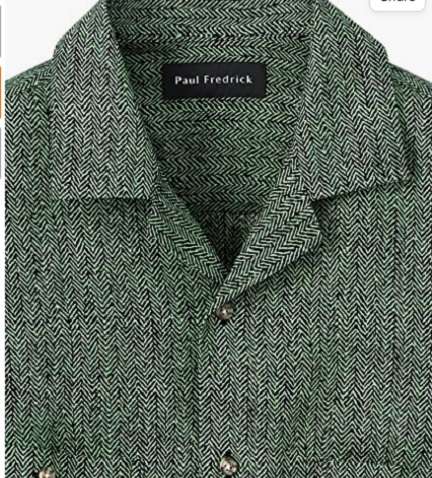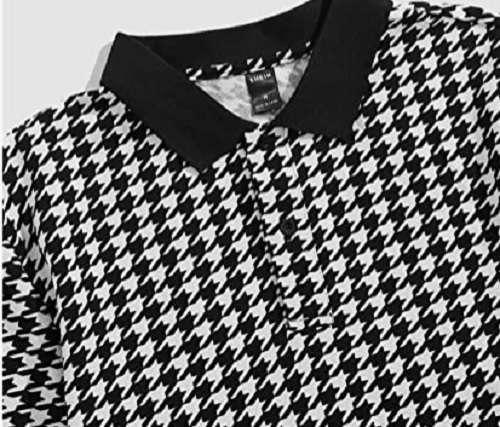
Tell me if you’ve done this before: You head to the mall (or browse stores online) without a particular item in mind, rummage through the racks to pass the time, and come across something you like – so you buy it. There’s nothing wrong in doing this, but when you’re trying to evolve your style, it isn’t enough to pick items that you simply “like.”
Especially when it comes to shirts, collared or not.
Shirt patterns say a lot more than you think, and certain patterns are not appropriate to wear in certain occasions. As with all things clothing related, there’s a spectrum from formal to casual, and it’s important to know where patterns fall on that spectrum. Before buying your next shirt, be sure to think about its purpose and pick a fitting pattern for it.
Men’s Shirt Pattern: Solid
Solid shirts sit on the far end of the formal-casual spectrum, but the level of formality depends on the color. White and light blue shirts are the most formal and appropriate for business attire. Earth tones (like navy, khaki, olive) and pastel tones (like gray, salmon) are fine for casual hangouts. Bold tones and black shirts should be reserved for clubwear.
Men’s Shirt Pattern: Stripes
Stripes are the most formal of all shirt patterns, but the thickness of each stripe and the distance between stripes can affect how casual it is. The rules of thumb are: thinner stripes are more formal, and tighter-together stripes are more formal. Conversely, thick stripes and stripes that are far apart are casual. Vertical stripes are more formal than horizontal stripes.
Men’s Shirt Pattern: Windowpane
The windowpane pattern is a grid of evenly-spaced perpendicular lines, giving the appearance of repeating squares (“windows”) all over the shirt. These shirts can be formal or casual depending on the how thin the lines are and how big the squares are. Thinner lines and smaller squares are more formal, while thicker lines and bigger squares are more casual. It’s a versatile pattern that looks great in many different circumstances.
Men’s Shirt Pattern: Tattersall
The tattersall pattern is similar at first glance to the windowpane pattern, but on closer look you’ll notice two main differences: first, the lines are twisted and warped and look almost like corkscrews, and second, the lines are not all of the same color. The pattern is woven into the fabric rather than dyed on after weaving, hence why it looks the way it does.
It’s a relatively casual pattern that can be dressed up to a certain degree. Wear it with jeans for a comfortable look, or wear it inside a solid suit to bring down the overall formality. Like the windowpane pattern, it’s versatile and looks great in many situations.
Men’s Shirt Pattern: Gingham
Like the tattersall pattern, the gingham pattern is one that’s woven into the fabric. The main feature is a single-colored grid of thick stripes that’s darker at the intersection points of vertical and horizontal stripes. Most gingham patterns also use the thickness of the stripes as the distance between stripes. Thicker stripes are generally more casual; however, gingham is super versatile and can be worn casually or formally depending on the shirt’s fabric.
Men’s Shirt Pattern: Tartan
The tartan pattern involves a criss-cross grid of lines in varying colors and thicknesses. Imagine if you took a solid shirt, threw a gingham-like pattern on top in a different color, then a tattersall-like pattern on top of that in yet another color. Most tartan patterns use red or green as primary colors, with black, blue, yellow, and white as secondary colors. Tartan is a casual pattern that’s mainly worn on wool in the autumn and winter, and should be avoided in formal outfits.
Men’s Shirt Pattern: Madras
The madras pattern is similar to the tartan pattern in many ways. The main difference is that madras is more of a spring and summer pattern, so you’ll mainly see it used on cotton and sometimes linen fabrics, with colors that are softer and more toward pastel. Madras shirts are extremely casual and should never be worn formally.
Men’s Shirt Pattern: Polka Dots
The polka dot pattern is one that involves a balanced repeating number of circles all around. It’s an extremely casual option that requires a lot of confidence and know-how to pull off properly, and can be quite difficult to dress up if you don’t know exactly what you’re doing. The larger the dots, the more casual it is. Light dots on dark backgrounds are casual, whereas small dark dots on a white background are a little more formal.
Unlike all the patterns mentioned above, polka dots are trendy and not timeless—you’re better off skipping it altogether if you don’t have a wealth of style experience.
Men’s Shirt Pattern: Paisley
The paisley pattern is a colorful one that involves rounded teardrop-like shapes that almost look floral at first glance. The pattern is woven into the fabric itself and can be traced back to ancient Middle Eastern cultures. It’s arguably the most casual pattern available to men’s shirts, and it demands an insane level of confidence to pull off. Don’t feel bad if you aren’t comfortable wearing one of these shirts; you’ll be OK if you reserve paisley patterns for ties, scarves, and pocket squares.
Men’s Shirt Pattern: Herringbone
Herringbone is often seen on pants and jackets, but it’s also a great pattern for shirts. It’s named because it resembles a herringbone fish’s skeleton. Slanted lines running in opposite directions create the distinctive pattern. While the pattern works for formal occasions on pants and jackets, when it’s on a shirt, it’s more casual. Ideally, wear this type of shirt with jeans.
Men’s Shirt Pattern: Birdseye
At first glance, the birdseye pattern might appear solid. However, if you’re looking for a little more depth than just solid, but without a major pattern, this is the best option. When you look closer, you’ll notice tiny dots. These can be close together spaced further apart. When placed close together, you get a heather fabric look. Generally, you’ll see flecks of a slightly contrasting color. This makes the pattern easy to match and it works with for both casual and formal.
Men’s Shirt Pattern: Houndstooth
Houndstooth is a bolder pattern and is most often used for jackets and coats. However, if you want to make a statement, opt for houndstooth on your shirt. Typically, it’s black and white, with the white checks resembling a hound’s tooth. This pattern usually works best for casual or even sports wear, such as golfing. In fact, on shirts, you’ll normally find this on polo shirts.
Frequently Asked Questions
What type of fabric is best for my shirt?
In addition to the pattern, you’ll also want to pay close attention to the fabric and weave. Certain fabrics and weaves are best for casual, while others are far more formal. For instance, oxford cloth works for both casual and formal, while royal oxford cloth is much more formal. Use our shirt fabric guide to pick the best fabric.
Do I need to button my collar on a patterned shirt?
It depends on the type of button. For buttons on the collar itself, the general rule is to always button them. If it’s just a top button at the neck, you only need to button it for formal occasions. Our guide about collar buttons dives into proper shirt collar etiquette.
Image credit: Andrea Piacquadio via Pexels
